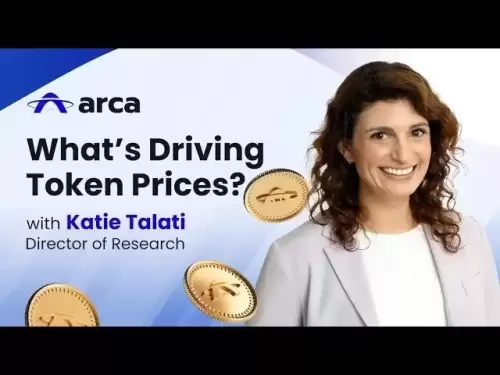-
 Bitcoin
Bitcoin $107,544.4358
-0.02% -
 Ethereum
Ethereum $2,512.4208
3.03% -
 Tether USDt
Tether USDt $1.0002
0.00% -
 XRP
XRP $2.2954
4.88% -
 BNB
BNB $658.9416
1.53% -
 Solana
Solana $156.9061
3.43% -
 USDC
USDC $0.9999
0.01% -
 TRON
TRON $0.2789
1.11% -
 Dogecoin
Dogecoin $0.1666
1.20% -
 Cardano
Cardano $0.5831
4.07% -
 Hyperliquid
Hyperliquid $40.5472
6.61% -
 Bitcoin Cash
Bitcoin Cash $517.2319
5.56% -
 Sui
Sui $2.8191
0.12% -
 Chainlink
Chainlink $13.5273
1.06% -
 UNUS SED LEO
UNUS SED LEO $9.1224
1.19% -
 Avalanche
Avalanche $18.1354
0.37% -
 Stellar
Stellar $0.2401
1.68% -
 Toncoin
Toncoin $2.9528
2.57% -
 Shiba Inu
Shiba Inu $0.0...01152
-0.24% -
 Litecoin
Litecoin $86.8100
-0.26% -
 Hedera
Hedera $0.1520
2.18% -
 Monero
Monero $318.1344
2.43% -
 Polkadot
Polkadot $3.4355
-0.04% -
 Dai
Dai $1.0001
0.02% -
 Bitget Token
Bitget Token $4.5482
-1.07% -
 Ethena USDe
Ethena USDe $1.0003
0.01% -
 Uniswap
Uniswap $7.2490
0.40% -
 Aave
Aave $278.1005
0.65% -
 Pepe
Pepe $0.0...09893
2.45% -
 Pi
Pi $0.5129
-2.55%
What is a smart contract language?
Smart contract languages like Solidity and Vyper enable developers to write self-executing contracts on blockchains, ensuring determinism and security.
Apr 09, 2025 at 03:00 pm

A smart contract language is a programming language specifically designed for creating smart contracts on blockchain platforms. Smart contracts are self-executing contracts with the terms of the agreement directly written into code. They automatically enforce and execute the terms of a contract when predefined conditions are met, without the need for intermediaries. Smart contract languages are crucial because they enable developers to write the logic that governs these contracts, ensuring they operate as intended on the blockchain.
What Makes a Language Suitable for Smart Contracts?
A language suitable for smart contracts must possess several key characteristics. Determinism is essential, meaning the language must produce the same output given the same input, ensuring predictable behavior on the blockchain. Turing completeness is another important feature, allowing the language to solve any computational problem, though some blockchain platforms opt for less powerful languages to prevent infinite loops and enhance security. Security is paramount, as smart contracts often handle valuable assets, so the language must minimize vulnerabilities. Additionally, gas efficiency is crucial on platforms like Ethereum, where computational steps cost money, so the language should allow for efficient code execution.
Popular Smart Contract Languages
Several languages have emerged as popular choices for writing smart contracts. Solidity is the most widely used language for Ethereum smart contracts. It is designed to target the Ethereum Virtual Machine (EVM) and is known for its ease of use and robust feature set. Vyper is another language for Ethereum, focusing on security and simplicity, making it a good choice for developers prioritizing safety over complex features. Rust is used for smart contracts on the Polkadot and Solana blockchains, offering high performance and safety features. Chaincode is used for Hyperledger Fabric, providing a flexible framework for enterprise blockchain solutions.
How to Write a Smart Contract in Solidity
Writing a smart contract in Solidity involves several steps. Here's a detailed guide on how to create a simple smart contract:
- Set up the development environment: Install Node.js and the Solidity compiler (solc). Use tools like Truffle or Hardhat to manage your project.
- Create a new Solidity file: Name it something like
MyContract.sol. Start with the pragma directive to specify the Solidity version, e.g.,pragma solidity ^0.8.0;. - Define the contract: Use the
contractkeyword to define your smart contract. For example,contract MyContract { ... }. - Add state variables: Define variables that will store the contract's state, such as
uint public myNumber;. - Implement functions: Write functions to interact with the contract. For example,
function setNumber(uint _number) public { myNumber = _number; }. - Compile the contract: Use the Solidity compiler to compile your contract. With Truffle, you can run
truffle compile. - Deploy the contract: Use a tool like Truffle or Remix to deploy your contract to a testnet or mainnet. With Truffle, you can run
truffle migrate.
Security Considerations in Smart Contract Languages
Security is a critical aspect of smart contract development. Common vulnerabilities include reentrancy attacks, integer overflow/underflow, and improper access control. To mitigate these risks, developers should follow best practices such as using established libraries, conducting thorough testing, and performing security audits. Formal verification tools can also be used to mathematically prove the correctness of smart contracts. Languages like Vyper are designed with security in mind, offering fewer features to reduce the attack surface.
Use Cases of Smart Contracts
Smart contracts have a wide range of applications across various industries. In finance, they can automate processes like lending, borrowing, and trading, reducing the need for intermediaries and increasing efficiency. Supply chain management benefits from smart contracts by providing transparency and automating contract enforcement. Real estate transactions can be streamlined with smart contracts, ensuring secure and transparent property transfers. Gaming and non-fungible tokens (NFTs) also leverage smart contracts to manage ownership and transfer of digital assets.
Challenges and Limitations
Despite their potential, smart contracts face several challenges and limitations. Scalability is a significant issue, as many blockchain platforms struggle to handle a high volume of transactions. Interoperability between different blockchain networks can be complex, limiting the flexibility of smart contracts. Legal recognition of smart contracts varies by jurisdiction, which can create uncertainty. Additionally, upgradability of smart contracts is challenging, as once deployed, they are immutable, making it difficult to fix bugs or adapt to changing requirements.
Frequently Asked Questions
Q: Can smart contracts be used on any blockchain?
A: Not all blockchains support smart contracts. While platforms like Ethereum, Polkadot, and Solana are designed with smart contract functionality, others like Bitcoin do not natively support them. However, some projects are working on adding smart contract capabilities to Bitcoin through sidechains and other technologies.
Q: How do smart contract languages differ from traditional programming languages?
A: Smart contract languages are designed to operate within the constraints of blockchain environments. They must be deterministic, often Turing complete, and optimized for gas efficiency. Traditional programming languages, on the other hand, are typically used for general-purpose computing and do not have these specific requirements.
Q: Are there any alternatives to writing smart contracts in code?
A: Yes, some platforms offer no-code or low-code solutions for creating smart contracts. These tools allow users to define contract logic through visual interfaces or templates, making smart contract development more accessible to non-programmers. However, these solutions may have limitations in terms of flexibility and customization compared to writing code directly.
Q: How can I test a smart contract before deploying it to the mainnet?
A: Testing a smart contract is crucial before deployment. You can use local development environments like Truffle or Hardhat to simulate the blockchain and test your contract. Additionally, you can deploy your contract to a testnet, which is a public blockchain designed for testing, to see how it behaves in a real-world scenario without risking real assets.
Disclaimer:info@kdj.com
The information provided is not trading advice. kdj.com does not assume any responsibility for any investments made based on the information provided in this article. Cryptocurrencies are highly volatile and it is highly recommended that you invest with caution after thorough research!
If you believe that the content used on this website infringes your copyright, please contact us immediately (info@kdj.com) and we will delete it promptly.
- OKX and Binance Delist Trading Pairs: What's Going On?
- 2025-07-01 02:30:12
- Pepeto vs. Shiba Inu: Can the New Meme Coin Dethrone the King?
- 2025-07-01 02:50:11
- Saylor, Bitcoin, Holdings: Strategy's Crypto Empire Grows
- 2025-07-01 02:30:12
- Coinbase, Altcoins, and Listings: What's the Buzz?
- 2025-07-01 00:30:11
- Chainlink's Bullish Signals: Investors Bet on Long-Term Value
- 2025-07-01 00:50:12
- CICADA Finance Soars on BNB Chain: A TGE Deep Dive
- 2025-07-01 01:30:11
Related knowledge
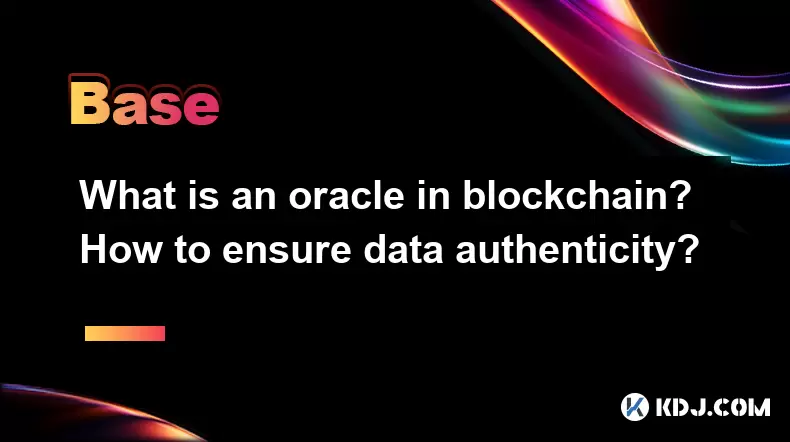
What is an oracle in blockchain? How to ensure data authenticity?
Jun 19,2025 at 08:49pm
Understanding the Role of an Oracle in BlockchainIn the context of blockchain technology, an oracle serves as a bridge between the blockchain and external data sources. While blockchains are inherently secure and decentralized, they cannot access real-world information on their own. Oracles enable smart contracts to interact with off-chain data such as ...
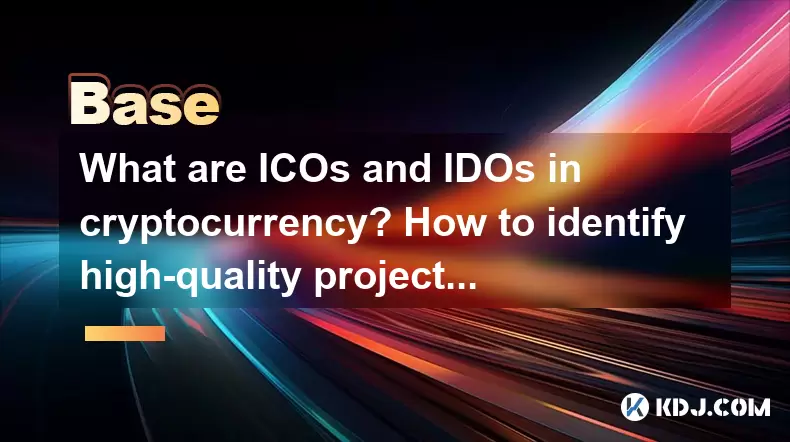
What are ICOs and IDOs in cryptocurrency? How to identify high-quality projects?
Jun 22,2025 at 11:49am
Understanding ICOs in CryptocurrencyInitial Coin Offerings (ICOs) are fundraising mechanisms used by cryptocurrency startups to raise capital for their projects. In an ICO, a company creates and sells its own tokens to investors in exchange for established cryptocurrencies like Bitcoin or Ethereum. The process typically involves the release of a whitepa...
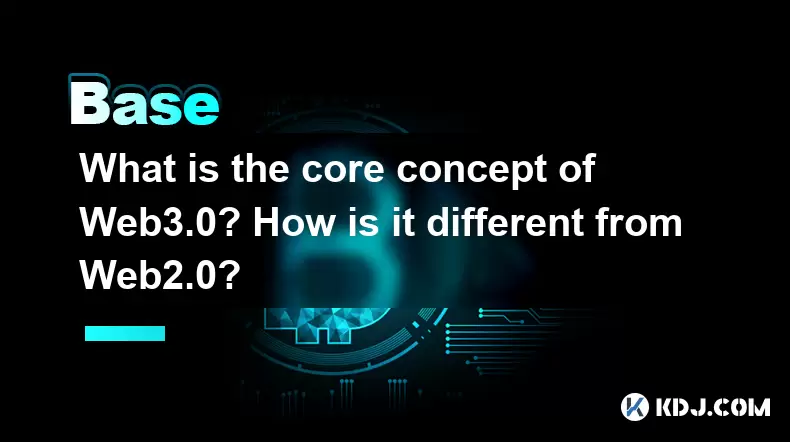
What is the core concept of Web3.0? How is it different from Web2.0?
Jun 21,2025 at 05:56pm
Decentralization as the Foundation of Web3.0The core concept of Web3.0 revolves around decentralization, which fundamentally challenges the centralized architecture of Web2.0. In Web3.0, control and ownership are distributed across a network rather than being held by a central authority or corporation. This is achieved primarily through blockchain techn...
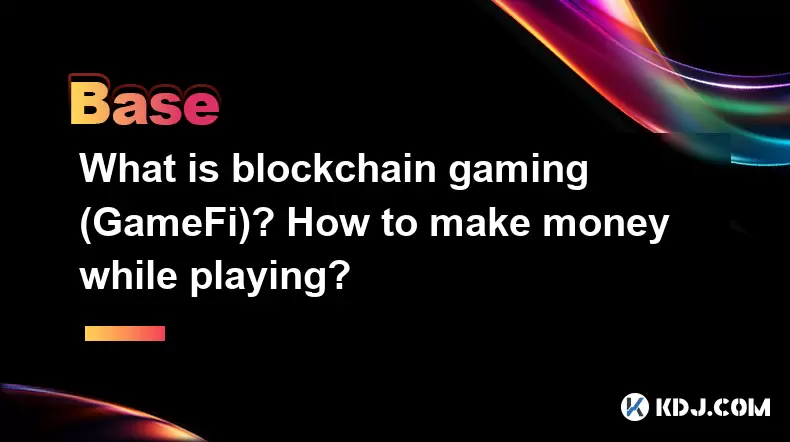
What is blockchain gaming (GameFi)? How to make money while playing?
Jun 20,2025 at 07:56am
Understanding Blockchain Gaming (GameFi)Blockchain gaming, often referred to as GameFi, is a fusion of blockchain technology and video games. It enables players to own in-game assets through non-fungible tokens (NFTs) and earn rewards via cryptocurrencies or token-based systems. Unlike traditional games where items are controlled by centralized develope...
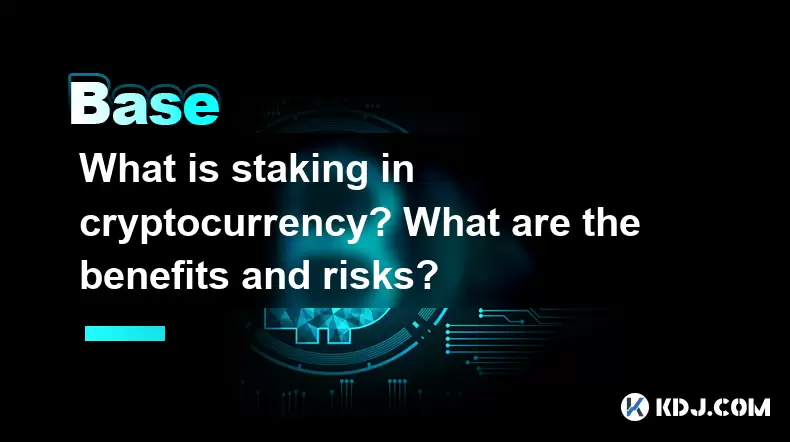
What is staking in cryptocurrency? What are the benefits and risks?
Jun 22,2025 at 10:01am
Understanding the Concept of Staking in CryptocurrencyStaking in cryptocurrency refers to the process of actively participating in transaction validation on a blockchain network that uses a Proof-of-Stake (PoS) consensus mechanism. Instead of miners competing to solve complex mathematical puzzles as in Proof-of-Work systems like Bitcoin, PoS blockchains...
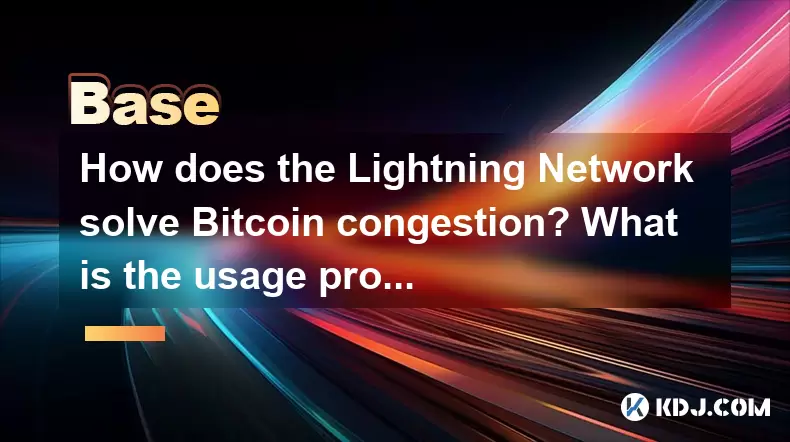
How does the Lightning Network solve Bitcoin congestion? What is the usage process?
Jun 23,2025 at 06:21pm
Understanding Bitcoin Network CongestionBitcoin, as a decentralized digital currency, operates on a blockchain that records every transaction in a public ledger. Each block has a limited size, typically 1 megabyte, which allows for only a certain number of transactions per second (TPS). When the number of transactions increases, the network becomes cong...

What is an oracle in blockchain? How to ensure data authenticity?
Jun 19,2025 at 08:49pm
Understanding the Role of an Oracle in BlockchainIn the context of blockchain technology, an oracle serves as a bridge between the blockchain and external data sources. While blockchains are inherently secure and decentralized, they cannot access real-world information on their own. Oracles enable smart contracts to interact with off-chain data such as ...

What are ICOs and IDOs in cryptocurrency? How to identify high-quality projects?
Jun 22,2025 at 11:49am
Understanding ICOs in CryptocurrencyInitial Coin Offerings (ICOs) are fundraising mechanisms used by cryptocurrency startups to raise capital for their projects. In an ICO, a company creates and sells its own tokens to investors in exchange for established cryptocurrencies like Bitcoin or Ethereum. The process typically involves the release of a whitepa...

What is the core concept of Web3.0? How is it different from Web2.0?
Jun 21,2025 at 05:56pm
Decentralization as the Foundation of Web3.0The core concept of Web3.0 revolves around decentralization, which fundamentally challenges the centralized architecture of Web2.0. In Web3.0, control and ownership are distributed across a network rather than being held by a central authority or corporation. This is achieved primarily through blockchain techn...

What is blockchain gaming (GameFi)? How to make money while playing?
Jun 20,2025 at 07:56am
Understanding Blockchain Gaming (GameFi)Blockchain gaming, often referred to as GameFi, is a fusion of blockchain technology and video games. It enables players to own in-game assets through non-fungible tokens (NFTs) and earn rewards via cryptocurrencies or token-based systems. Unlike traditional games where items are controlled by centralized develope...

What is staking in cryptocurrency? What are the benefits and risks?
Jun 22,2025 at 10:01am
Understanding the Concept of Staking in CryptocurrencyStaking in cryptocurrency refers to the process of actively participating in transaction validation on a blockchain network that uses a Proof-of-Stake (PoS) consensus mechanism. Instead of miners competing to solve complex mathematical puzzles as in Proof-of-Work systems like Bitcoin, PoS blockchains...

How does the Lightning Network solve Bitcoin congestion? What is the usage process?
Jun 23,2025 at 06:21pm
Understanding Bitcoin Network CongestionBitcoin, as a decentralized digital currency, operates on a blockchain that records every transaction in a public ledger. Each block has a limited size, typically 1 megabyte, which allows for only a certain number of transactions per second (TPS). When the number of transactions increases, the network becomes cong...
See all articles





















